I consider myself very lucky for having witnessed an impactful moment of transition in China, that evolved into a postcard of the ultimate modern and technological country that is considered today. The period where I took these photographs has shaped the way I see and interact in the world today as a person, as a professional, as a photographer.
I visited China for the first time in 1998, as a student. After that, I spent several years working in Beijing and Shanghai, during a time when drastic plans of modernisation were speeding up in the country. It felt like witnessing the last moments of a more traditional way of living and thinking.
Events were evolving in a way that made the coexistence of modernity and tradition seem like an impossible task to achieve. It looked compulsory for certain things to go away in order to leave room to others.
As an Italian, I admit that I found extremely difficult to accept a general approach that made look so easy the dismantling of such an important cultural heritage. And all this, in exchange of something new and unknown, however convenient or appealing it could have been for the majority of the local people.
As a photographer, I felt compelled to document what I saw in front of me, maybe to keep a small piece of that vanishing world, and show it to others. China has taught me so many important lessons as a human being. If I’ve learned not to get too attached to things, to accept the unexpected; if I avoid becoming easily judgemental, leaving behind my preconceived ideas, listening to people with an open heart and mind, for all of this I have to thank those years I spent in China.
This important moment of growth and photographic journey took place from 1998 to 2010, and I decided to classify the images in three different volumes.
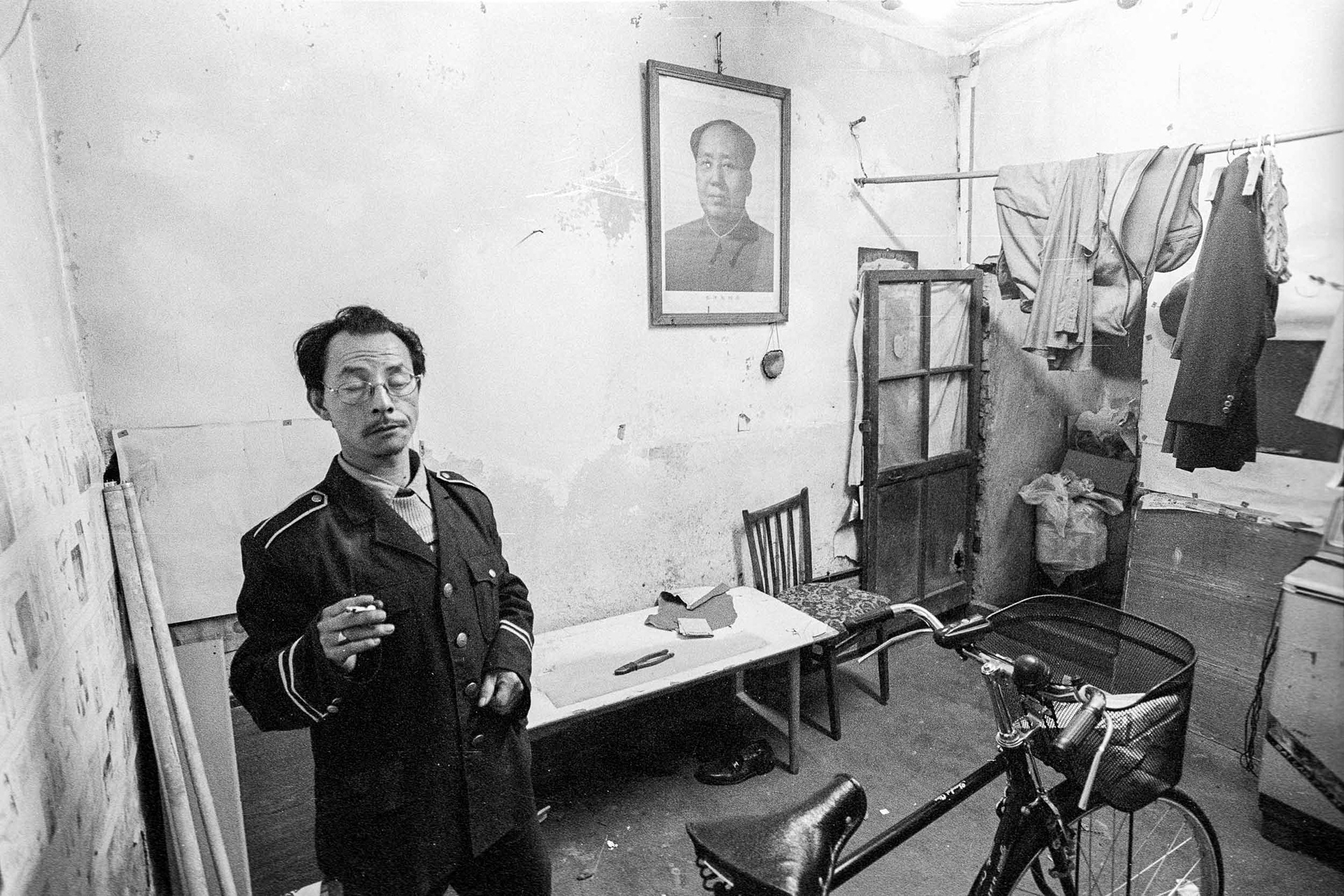
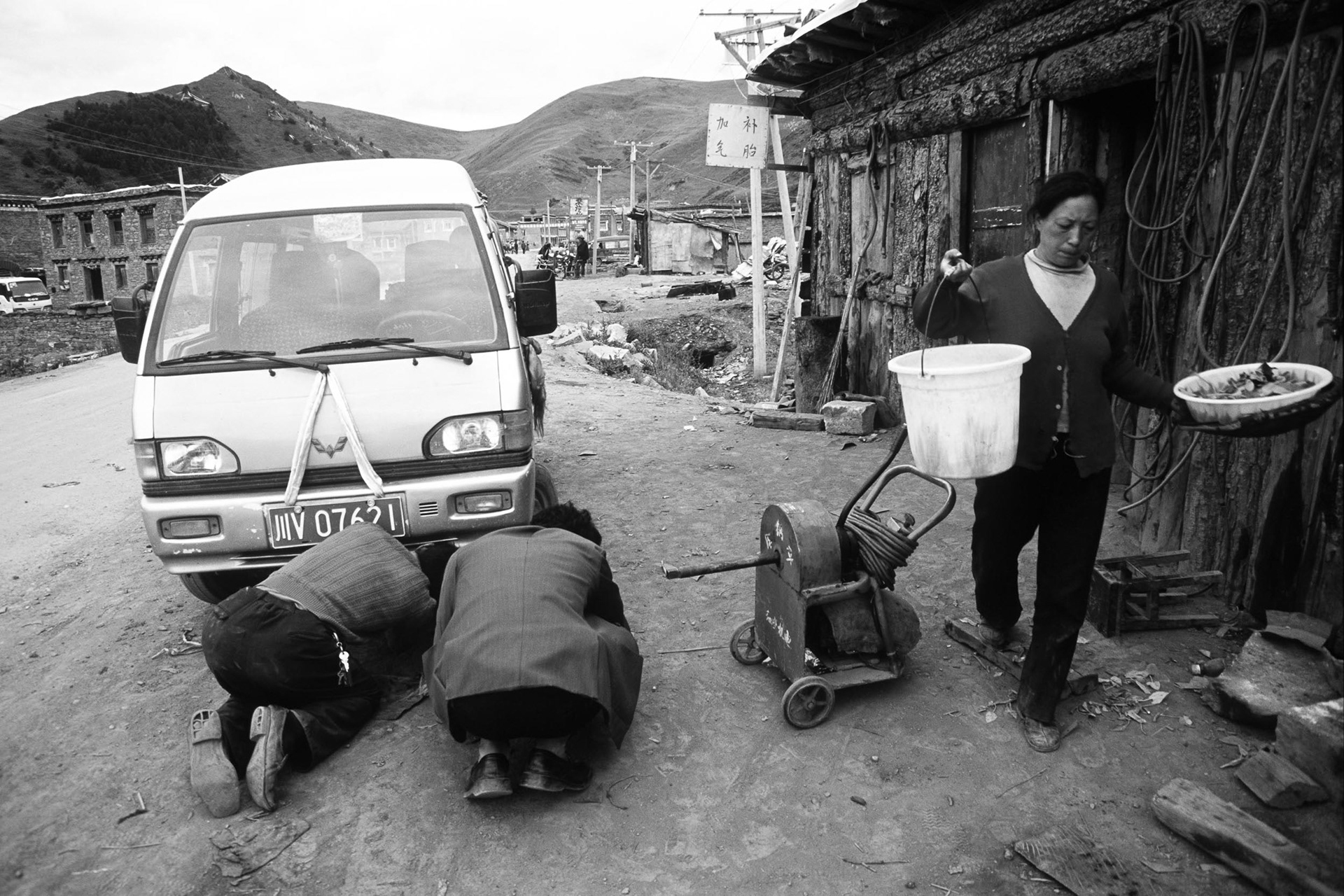
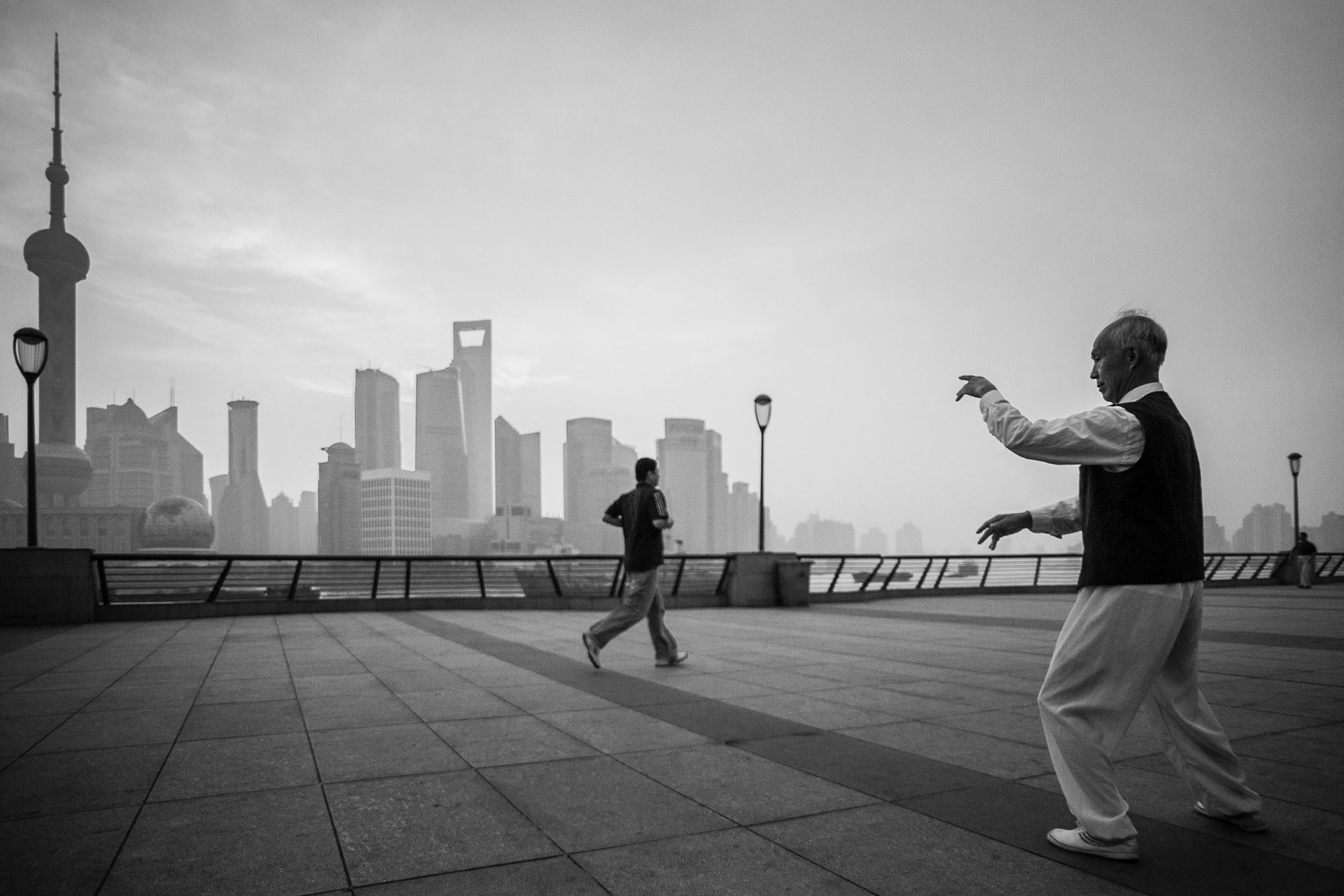
Chai!
The word “Chai” (in Chinese 拆) can be translated as “to tear down” or “to demolish”. When this character appears on the walls of a building, everybody in China knows that its end is near.
Beijing’s rapid transformation into a global metropolis has accellerated the distruction of almost 90% of the historical and traditional living quarters (hutongs), many of them dating back to the 13th century.
Following the dream of building an appealing modern and hi-tech capital, the hutongs have left the space for towering residential complexes, expensive restaurants and department stores. Those who were forced out were compensated very little, not nearly enough to find housing within the city. Families who have lived together for generations were scattered to the far reaches of the capital, or out of it altogether.




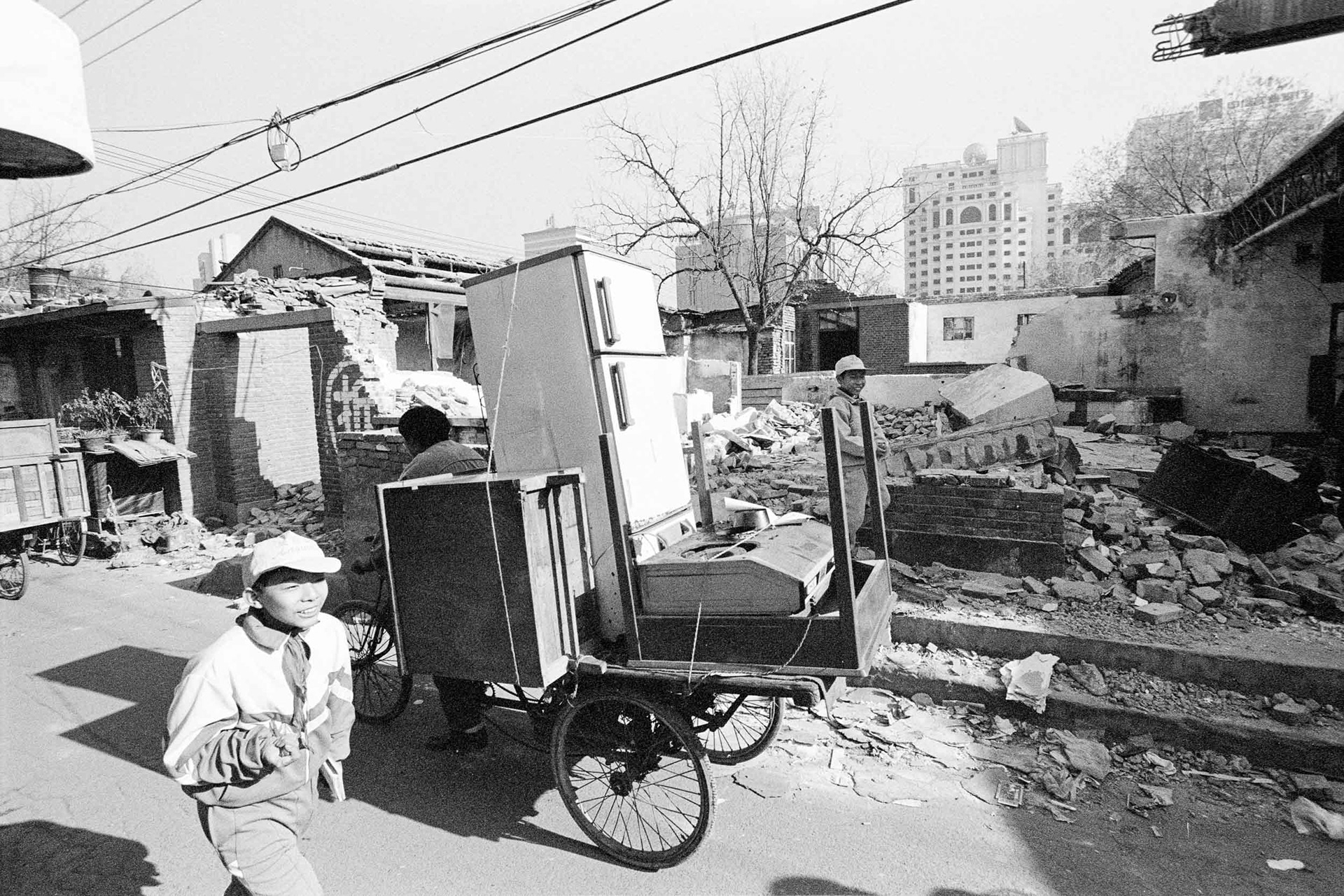



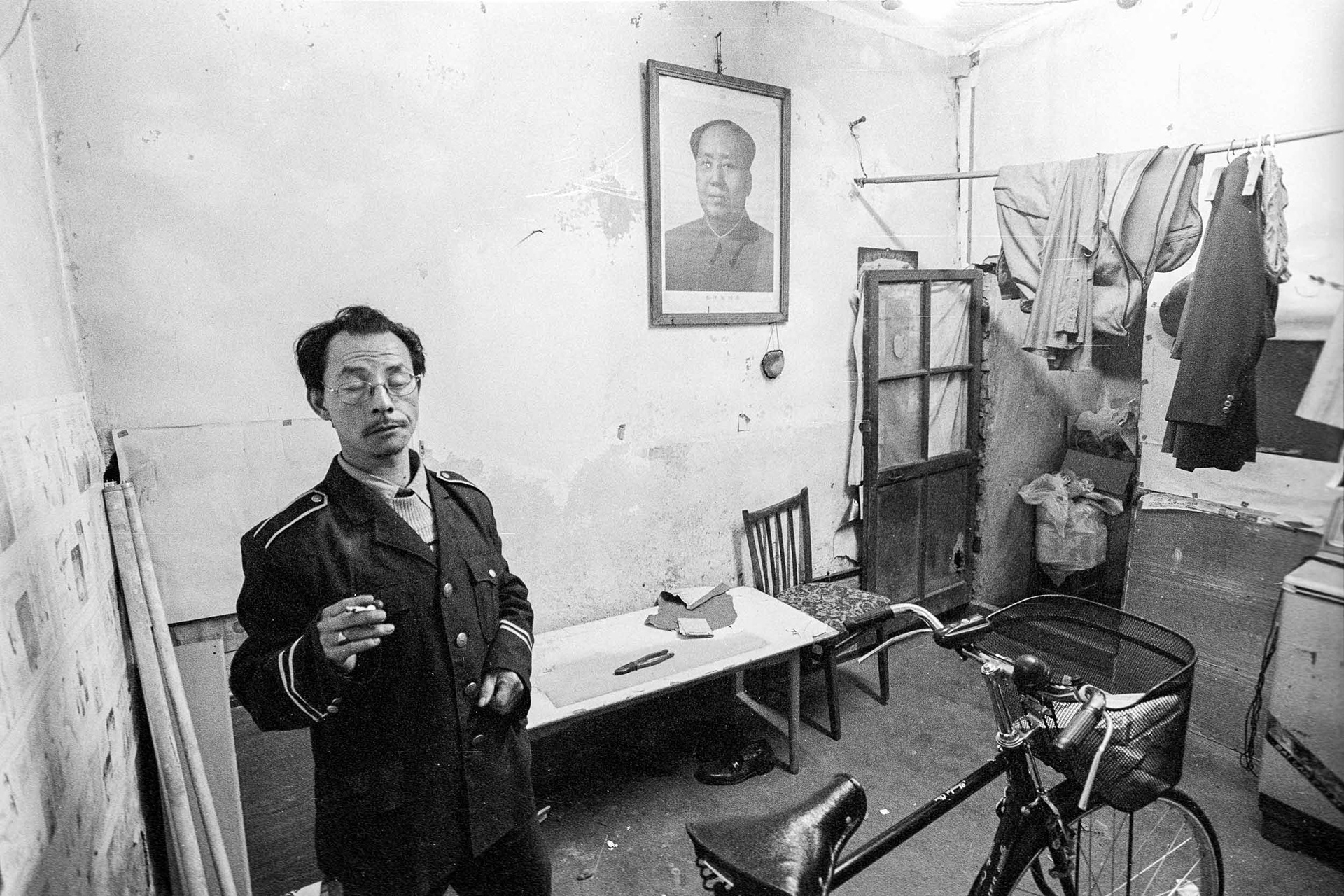

Directions
“Seeing once is better than hearing a hundred times”
百闻不如一见
This ancient Chinese proverb, with precious yet simple words of wisdom, came just right during the time I was exploring China. In many cases, I have felt that it could have been changed into “seeing once or never”.
I finally decided to travel the country, a word that in Chinese language is better explained by the expression “East, South, West, North” (东南西北), in fact indicating the four cardinal points.








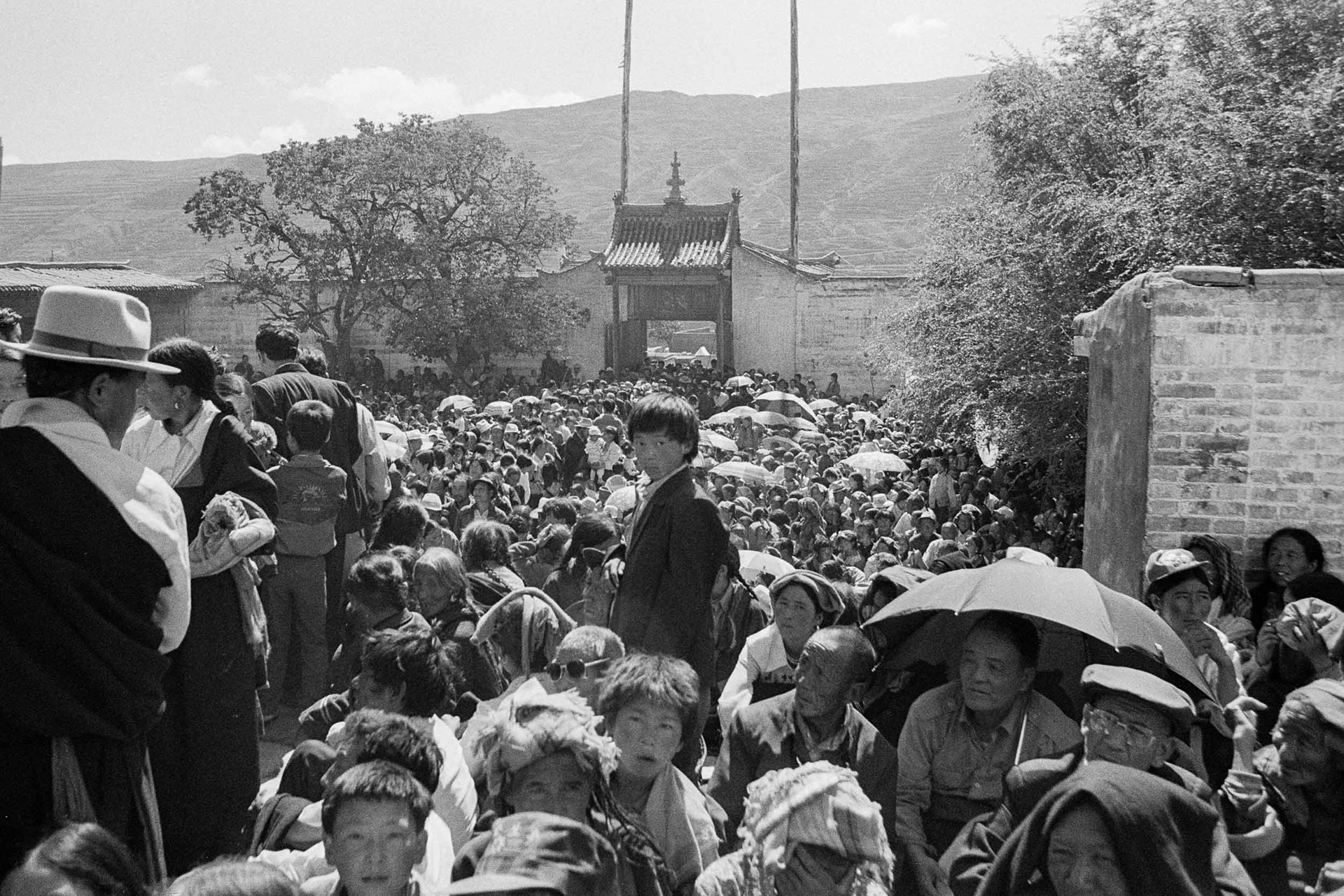









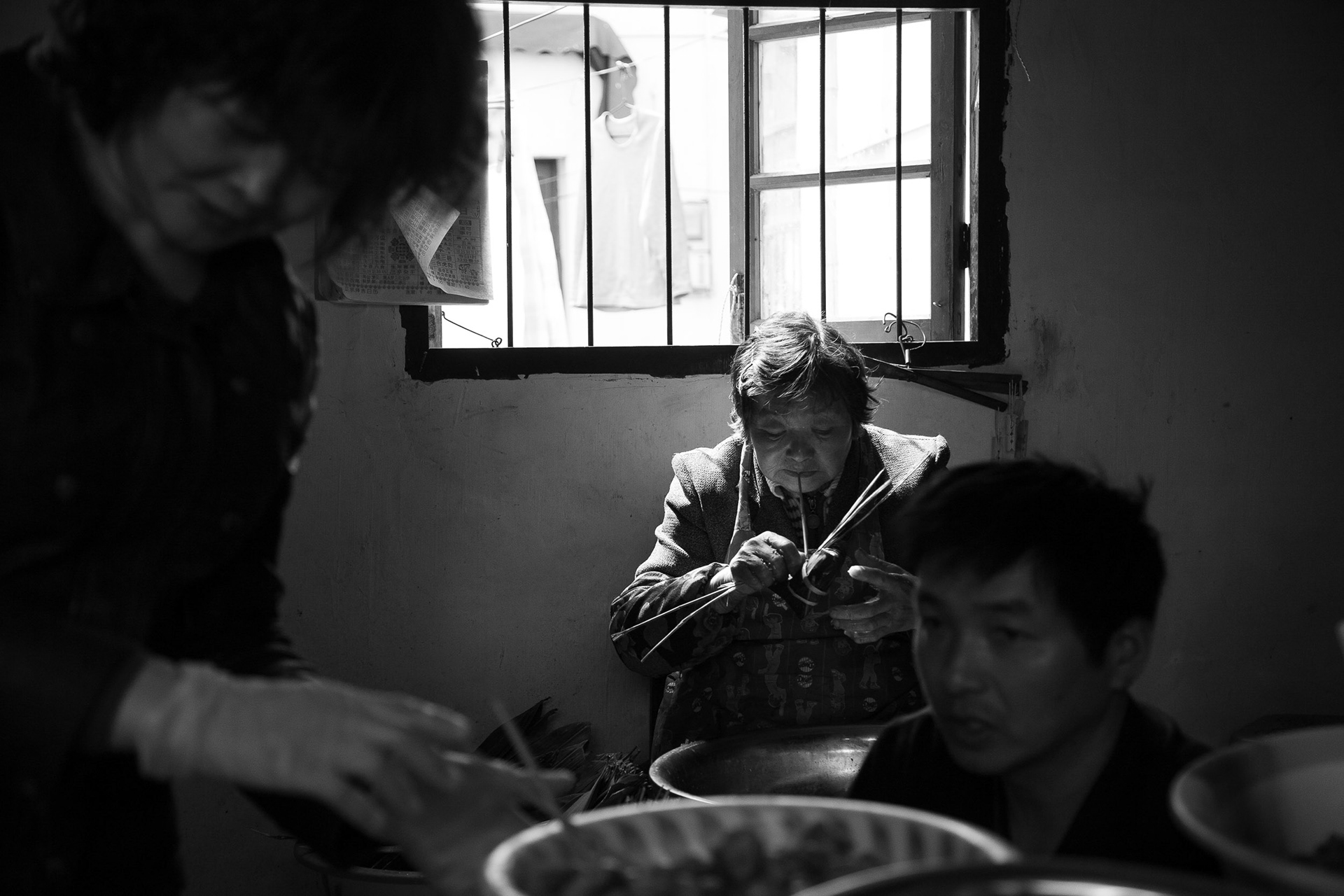

Above the sea
Shanghai (上海) literally means “above the sea”. It’s the gateway to China for many tourists and business people. What’s going on in Shanghai anticipates what will happen in other cities of China. It appears to me like a testing ground where everything is explored and developed, before becoming a nation-wise trend. It represents the checkered flag of an endless modernisation race.














